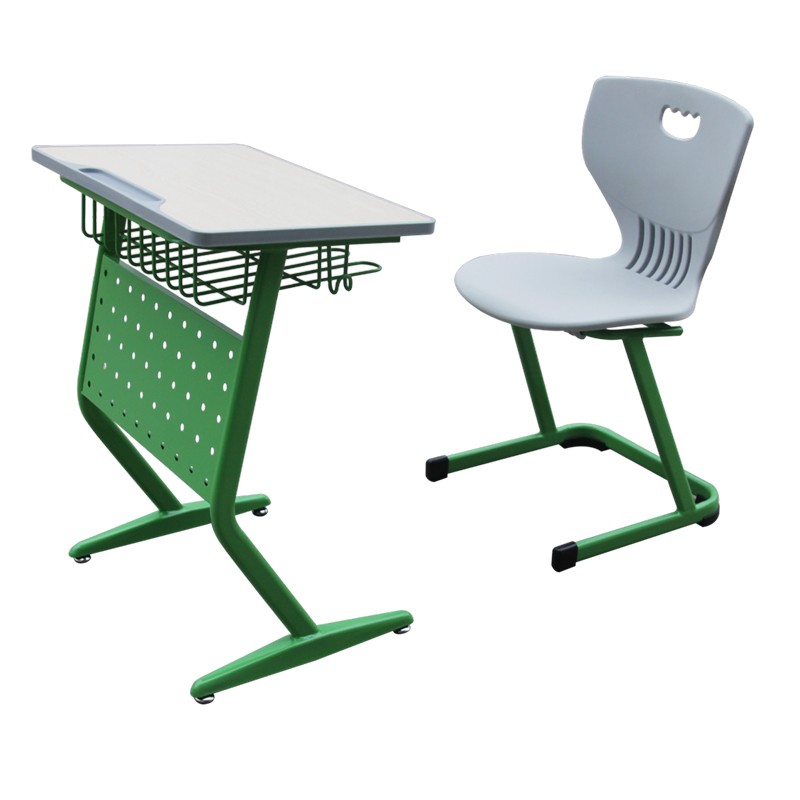Zero-Risk Strategy for Kindergarten Furniture Export To The United States
1. ASTM F963 core red line: these heavy metals exceed the standard and directly "fuse"
According to the mandatory requirements of the US CPSC, all furniture for children under 12 years old must pass the ASTM F963-17 standard, where the heavy metal migration limit is:
Lead (Pb): surface coating ≤90ppm, substrate ≤100ppm;
Cadmium (Cd): any component ≤75ppm;
Mercury (Hg) & Arsenic (As): total ≤25ppm;
Eight heavy metal migration values must pass simulated saliva/sweat immersion test.
New regulations in 2024 warn: CPSC intends to reduce the lead content limit to 50ppm, and existing inventory may face compliance risks!

2. Four fatal minefields and solutions
1. Coating material trap
Typical problems: excessive lead content in cheap oil-based paints, cadmium residue in recycled plastics;
Compliance alternatives:
Water-based UV coatings, lead content <5ppm;
Food contact grade PP/PE plastics, FDA 21 CFR 177.1520 compliance certificate required.
2. Hidden dangers of metal accessories
High-risk parts: zinc alloy in hinges, screws, and chair leg adjusters;
Renovation plan:
Switch to 304 stainless steel;
Disable electroplating process, use mechanical polishing or PVD vacuum coating.
3. Chemical residues in textiles
Detection blind spots: azo dyes and phthalates in fabric dyes;
Preferred solution:
OEKO-TEX Standard 100 certified fabrics;
Physical color fixing process.
4. Penetration of wood treatment agents
Hidden risks: preservatives, adhesives;
Innovation path:
Switch to heat-treated wood, no chemical preservation required;
Plant-based soy glue.
3. Three-step clearance of ASTM F963 test
Material pre-screening "Three Musketeers"
XRF fast scan: on-site screening of heavy metals such as lead and cadmium;
ICP-MS laboratory test: accurately quantify the total amount of eight heavy metals;
Migration simulation test: soak the sample in 0.07mol hydrochloric acid at 37℃×1 hour, and detect the dissolution value.
Production chain traceability control
Establish a red/green material library, for example:
| Material Type | Red List | Green List Alternatives |
| Coatings | Solvent-Based Paints | Water-Based UV Coatings (PPG ENVIROCRON) |
| Plastic Parts | Recycled HDPE | New Food-Grade PP (Sabic PP511P) |
| Metal Parts | Zamak 3 Zinc Alloy | 316L Stainless Steel (Outokumpu) |
Certification document gold combination
Third-party laboratory report;
Supply chain material compliance statement;
Children's Product Certificate (CPC) + General Certificate of Compliance (GCC).
4. "Unspoken rules" of factory inspection by North American buyers: Avoid these pitfalls to get orders
Blind test of traceability system
U.S. importers often randomly select finished products from warehouses and require test reports of all materials in the batch within 15 minutes;
Countermeasures: Deploy MES system to realize "one item, one code" scanning and traceability.
Stress test adds drama
In addition to ASTM F963, Walmart and other channel merchants may add California Prop 65 test;
Plan: Control lead/cadmium within internal control standards in advance.
Social responsibility audit
Check whether child labor is used to produce children's furniture during factory inspection;
Required course: Pass SMETA 4 Pillar audit and keep attendance records of employees over 18 years old.
5. AOYASI's ASTM F963 compliance solution: the choice of more than 300,000 kindergartens in the United States
As a leader in astm f963 compliant furniture, AOYASI provides:
Zero heavy metal commitment:
Exclusive "CleanGuard" coating technology;
Supply chain reverse warranty agreement;
Fast certification channel:
U.S. UL partner laboratory priority testing rights;
Pre-certified product library supports "one-piece drop shipping" model;
Cost optimization black technology:
Bio-based plastic injection molding process;
Laser cutting replaces mold stamping.


